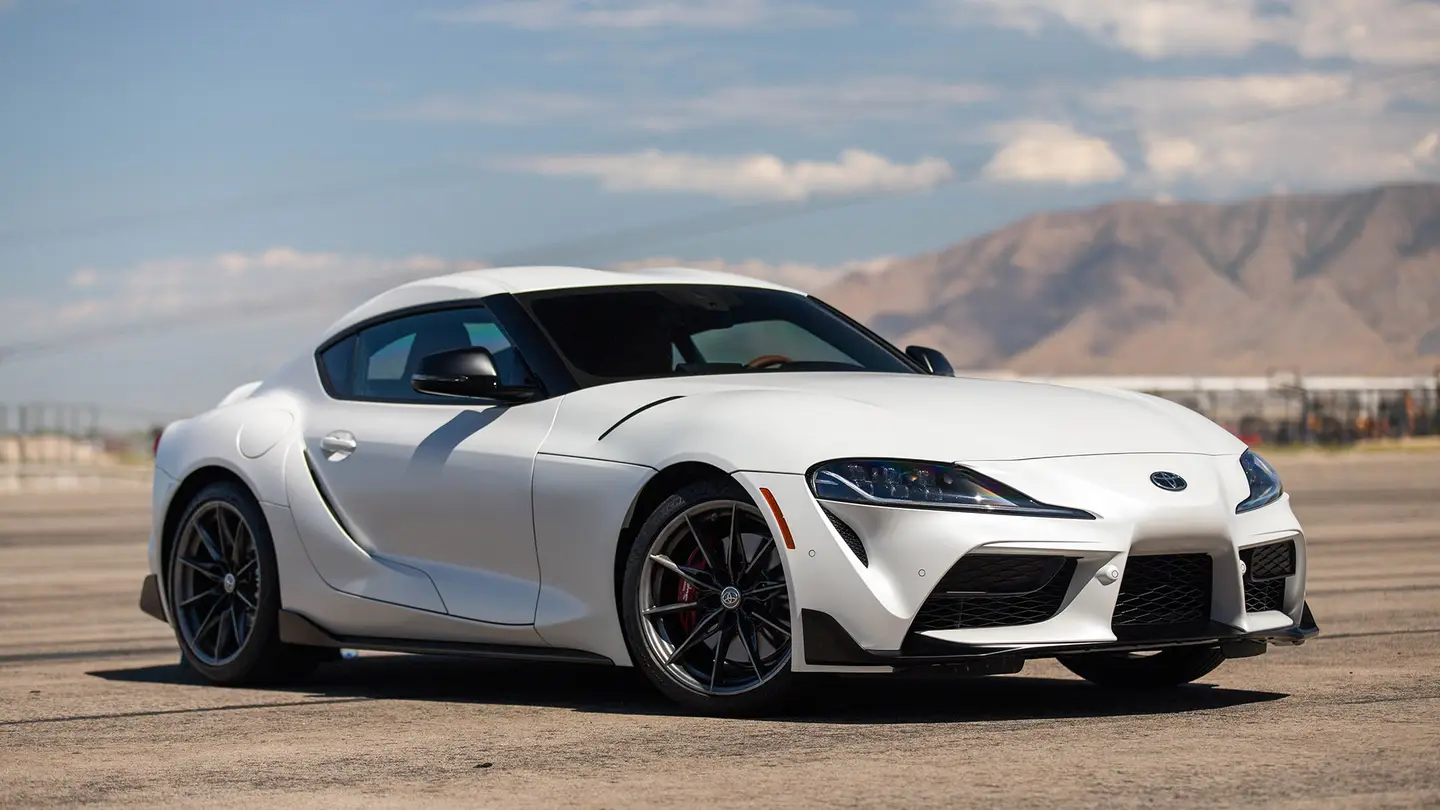2023 Toyota Supra Saving Fuel | Best way To save Fuel
The 2023 Toyota Supra is a remarkable choice for individuals who desire a thrilling driving experience while still prioritizing fuel efficiency. Combining state-of-the-art performance with an environmentally aware approach, this version of the Supra is not only focused on speed, but also on maximizing fuel efficiency to provide an exhilarating yet economical driving experience. In this discussion, we will examine the most effective approaches to optimize fuel efficiency in the 2023 Toyota Supra, guaranteeing a harmonious combination of high performance and conscientious driving practices.
Saving fuel
Vehicle features and options
This chapter describes all standard, country-specific and optional features offered with the series. It also describes features and functions that are not necessarily available in your vehicle, e.g., due to the selected options or country versions. This also applies to safety-related functions and systems. When using these functions and systems, the applicable laws and regulations must be observed.
Reducing fuel consumption
General information
The vehicle contains advanced technologies for the reduction of consumption and emission values.
The fuel consumption depends on various factors, such as driving style, road conditions, maintenance or environmental factors.
Carrying out certain measures, such as a moderate driving style and regular maintenance, can influence fuel consumption and the environmental impact.
Remove unnecessary cargo
Additional weight increases fuel consumption.
Remove attached parts fol-lowing use
Attached parts on the vehicle impair the aerodynamics and increase the fuel consumption.
Closing the windows
Open windows increase air resistance and therefore lead to greater fuel consumption.
Tires
General information
Tires can affect consumption in various ways, for instance tire size may influence consumption.
Check the tire inflation pres-sure regularly
Check and, if needed, correct the tire inflation pressure at least twice a month and before start-ing on a long trip.
Low tire inflation pressure increases rolling resistance and thus raises fuel consumption and tire wear.
Drive away without delay
Do not wait for the engine to warm-up while the vehicle remains stationary. Start driving right away, but at moderate engine speeds.
This is the quickest way of warming the cold engine up to operating temperature.
Look well ahead when driving
Driving smoothly and proactively reduces fuel consumption.
Avoid unnecessary acceleration and braking.
By maintaining a suitable distance to the vehicle driving ahead of you.
Avoid high engine speeds
Driving at low engine speeds lowers fuel consumption and reduces wear.
If necessary, observe the vehicle’s gear shift indicator
Use coasting conditions
When approaching a red light, take your foot off the accelerator and let the vehicle coast to a halt.
For going downhill take your foot off the accelerator and let the vehicle roll.
The flow of fuel is interrupted while coasting.
Switch off the engine during longer stops
Switching off the engine
Switch off the engine during longer stops, for instance at traffic lights, railroad crossings or in traffic congestion.
Auto Start/Stop function
The Auto Start/Stop function of the vehicle automatically switches off the engine during a stop.
If the engine is switched off and then restarted rather than leaving the engine running constantly, fuel consumption and emissions are reduced. Savings can begin within a few seconds of switching off the engine.
In addition, fuel consumption is also determined by other factors, such as driving style, road conditions, maintenance or environmental factors.
Switch off any functions that are not currently needed
Functions such as seat heating and the rear window defroster require a lot of energy and increase fuel consumption, especially in city and
stop-and-go traffic.
Switch off these functions if they are not needed.
Have maintenance carried out
Have the vehicle maintained regularly to achieve optimal vehicle efficiency and service life. Toyota recommends that maintenance work be performed by Toyota.
For information on the Maintenance System
FAQs
Utilizing gradual acceleration and consistently maintaining a constant speed aids in maximizing fuel economy in the Supra.
Indeed, the Supra provides an Eco mode that optimizes throttle response to enhance fuel efficiency.
The relationship between tire pressure and fuel consumption in the Supra is as follows: Optimally inflated tires minimize rolling resistance, thereby enhancing fuel efficiency.
Typically, fuel efficiency is maximized by keeping speeds within the range of 45-65 mph.
Indeed, employing cruise control on highways aids in sustaining a uniform velocity, thereby augmenting fuel economy.
Maintaining a regular schedule of servicing, which includes replacing air filters and tuning up the engine, has a beneficial effect on fuel efficiency.
Rapid acceleration and abrupt braking have a pronounced negative impact on fuel efficiency in all vehicles, including the Supra.
Indeed, the aerodynamic form of the object aids in minimizing air resistance, thereby improving the utilization of fuel.
The Supra’s engine is specifically designed to perform optimally with regular fuel; the utilization of premium fuel may not have a significant effect on fuel efficiency.
Yes, the use of air conditioning can have an effect on the fuel efficiency of the Supra. Indeed, the overuse of the AC can lead to a higher consumption of fuel; however, utilizing it in moderation can contribute to fuel conservation.
Urban congestion typically diminishes fuel efficiency in comparison to uninterrupted highway travel.
Certain alterations, such as enhancing the aerodynamics or upgrading to more efficient tires, may provide slight improvements.
Yes, the Supra’s engine start-stop feature does contribute to fuel savings. Indeed, the start-stop feature aids in fuel conservation by automatically ceasing engine operation during periods of idleness.
Hybrid Supra models can achieve fuel savings by optimizing the utilization of electric mode and regenerative braking.
Undoubtedly, consistent maintenance guarantees the engine functions at its best, thereby positively impacting fuel efficiency in the long run.
Useful Links
View Full PDF : 2023 Toyota Supra User Guide |Auto User Guide
2023 Toyota Supra Before Driving | Learn To Drive


